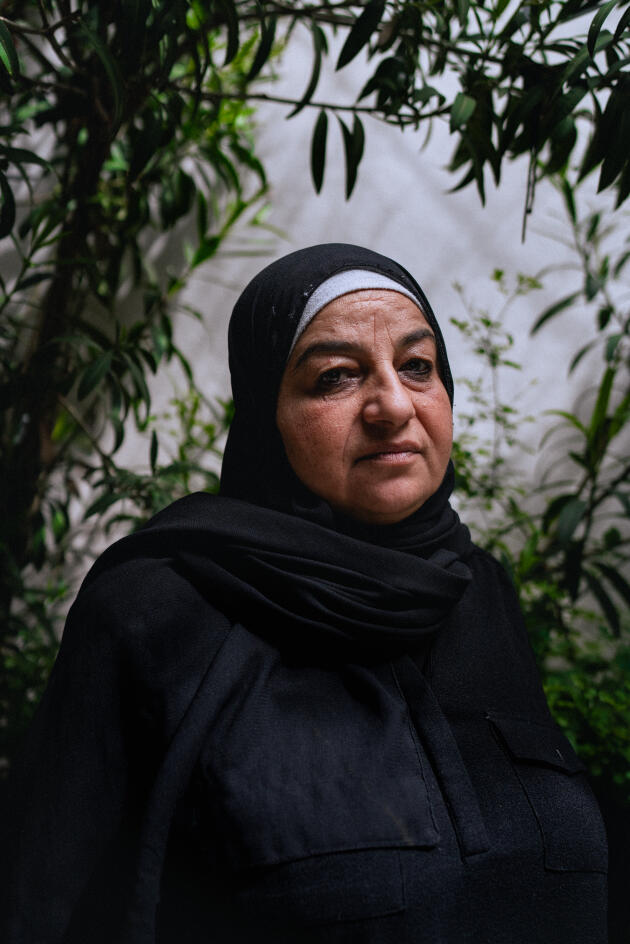


In Palestinian camps in Lebanon, the war in Gaza rekindles traumas
FeatureNews of the ongoing war holds a personal resonance for some families.
Since the forced exodus of almost half of the Palestinians in 1948, when the State of Israel was created, the life of Maha Morra's family, originally from the Haifa region, has been one long tale of dispossession and dispersion. The specter of violent death continues to lurk: One of Morra's sisters, Cheikha, lives in the Gaza Strip, amid Israeli bombs.
"Her son Hani was killed in an airstrike while looking for food for his children. Another, Mohammed, perished in a previous conflict. My sister had to leave her ruined home in Khan Yunis. She's exhausted, she's suffering psychologically," said Morra, in the preschool where she is a supervisor, in Bourj al-Barajneh, on the outskirts of Beirut – one of the 12 Palestinian refugee camps in Lebanon.

For her, the war in Gaza has a personal dimension. The conflict also rekindles past traumas: Three of Morra's brothers were killed in the Lebanon war (1975-1990), and she has experienced moving from one camp to another amid the destruction.
Cheikha, she said, left Bourj al-Barajneh for love in 1982. That year, the Israeli army invaded Lebanon. Some 12,000 men, most of them fighters for the Palestine Liberation Organization (PLO), were forced into exile in other Arab countries with their leader, Yasser Arafat. They also included activists such as Khodr Fayad, a Fatah-affiliated journalist from Gaza and Cheikha's fiancé. In Yemen, the couple started a family. In 1994, following the Oslo Accords, Arafat entered Gaza. Following him, Fatah members who had been expelled from the country settled in the enclave. Fayad and Cheikha were among them.
More than 32,000 Palestinians, most of them civilians, have been killed in Gaza since October 2023. "You don't have to have relatives there to be revolted by Israel's war of annihilation," said Morra, who hasn't seen her sister in 30 years.
'They lack everything'
In the camp, portraits of Arafat, as well as Fatah and PLO pennants, are everywhere. However, now, along the main street, there are also posters of rival Hamas figures, such as Abu Obeida, the spokesperson for the Islamist movement's armed wing. In the narrow, poverty-stricken alleyways, where tangles of electrical wires obscure the view of the sky between buildings, Hamas is written all over the walls, in spray paint. "Not everyone has become a Hamas supporter. But Abu Obeida made us feel that we Palestinians could have a state. That the two-state solution could finally be implemented! But Israel doesn't want it: Before [the Hamas attack of] October 7 [2023], Gaza was suffocating. In the West Bank, Israeli abuses are continuous," said Morra.
You have 57.95% of this article left to read. The rest is for subscribers only.
